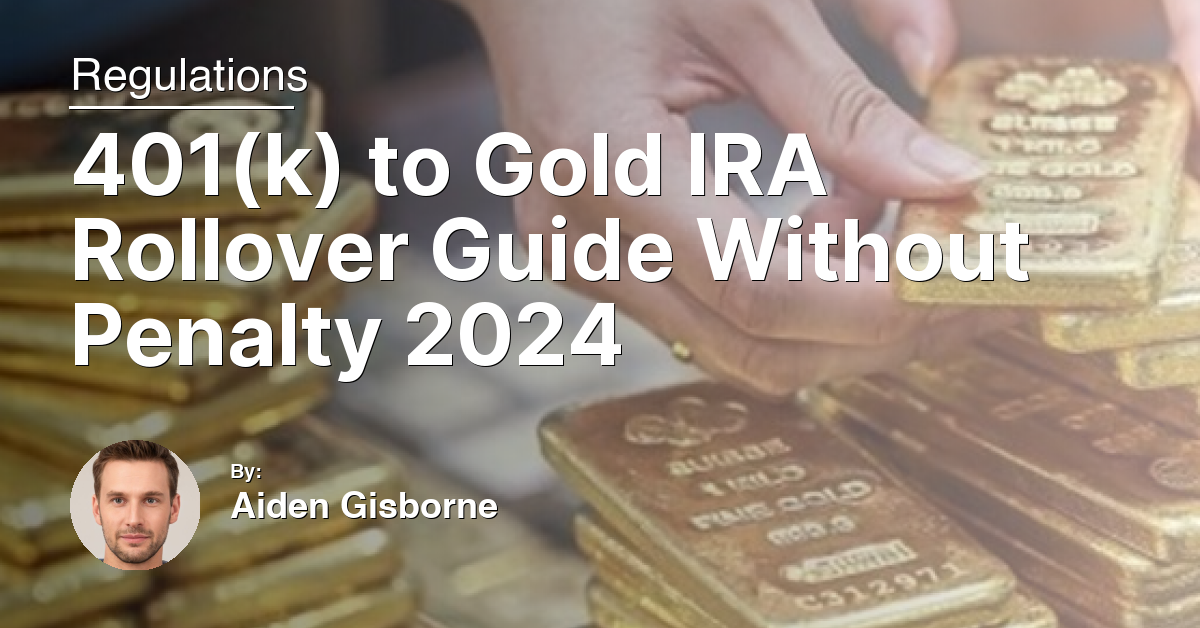In the ever-evolving world of retirement investing, diversifying your portfolio is more important than ever. Amidst the myriad of options available, gold and silver stand out as timeless assets that can offer a unique blend of security and potential growth. This article delves into the specifics of IRA-approved gold and silver, providing insights into how these precious metals can be a strategic part of your retirement investing strategy. Whether you’re a seasoned investor or new to the game, understanding how to incorporate gold and silver into your IRA could be a game-changer for your financial future.
Understanding Eligible Gold Investments
Eligible gold investments for an Individual Retirement Account (IRA) must meet specific standards set by the Internal Revenue Service (IRS). These include bullion coins and bars with a fineness of 99.5% for gold. Not all gold products are suitable; for instance, collectible coins and those not meeting purity requirements are excluded.
Popular choices among investors include the American Gold Eagle, Canadian Gold Maple Leaf, and the Austrian Vienna Philharmonic. These coins are recognized for their purity, backed by their respective governments, ensuring reliability and ease of liquidity. Bullion bars, to be eligible, must be produced by manufacturers accredited by the London Bullion Market Association, ensuring they meet strict quality and fineness standards.
Investing in eligible gold assets can offer a hedge against inflation and stock market volatility, providing a diversification strategy for retirement portfolios. It’s vital to consult with a financial adviser and ensure any gold investment is compatible with IRA rules, focusing on long-term wealth preservation and tax advantages.
Setting Up Your Gold Investment Account
| Setting Up Your Gold Investment Account | |
|---|---|
| Step 1: | Contact a reputable gold IRA custodian to open an account. |
| Step 2: | Choose the type of precious metals you want to invest in (gold, silver, platinum, etc). |
| Step 3: | Transfer funds from your existing retirement account to your new gold IRA account. |
| Step 4: | Select a secure storage facility for your precious metals. |
| Step 5: | Monitor the performance of your gold investments regularly and make adjustments as needed. |
Benefits and Risks of Gold Investments
Investing in gold through an IRA (Individual Retirement Account), especially a self-directed IRA, offers a unique opportunity for diversification beyond traditional stocks and bonds. Gold and silver, being tangible assets, can serve as a hedge against inflation and stock market volatility, potentially safeguarding your retirement savings during economic downturns or recessions.
However, it is crucial to understand the risks involved. The price of gold can be highly volatile in the short term, influenced by factors like currency values, interest rates, and geopolitical events. Additionally, investing in physical gold requires storage and insurance, which can incur additional fees. It’s important to purchase IRA-approved bullion or coins, such as the American Gold Eagle or Canadian Gold Maple Leaf, from reputable sources to ensure they meet the purity and fineness standards set by the IRS.
Before diversifying your retirement portfolio with precious metals, consider consulting with a financial adviser to ensure it aligns with your overall investment strategy and retirement goals.

